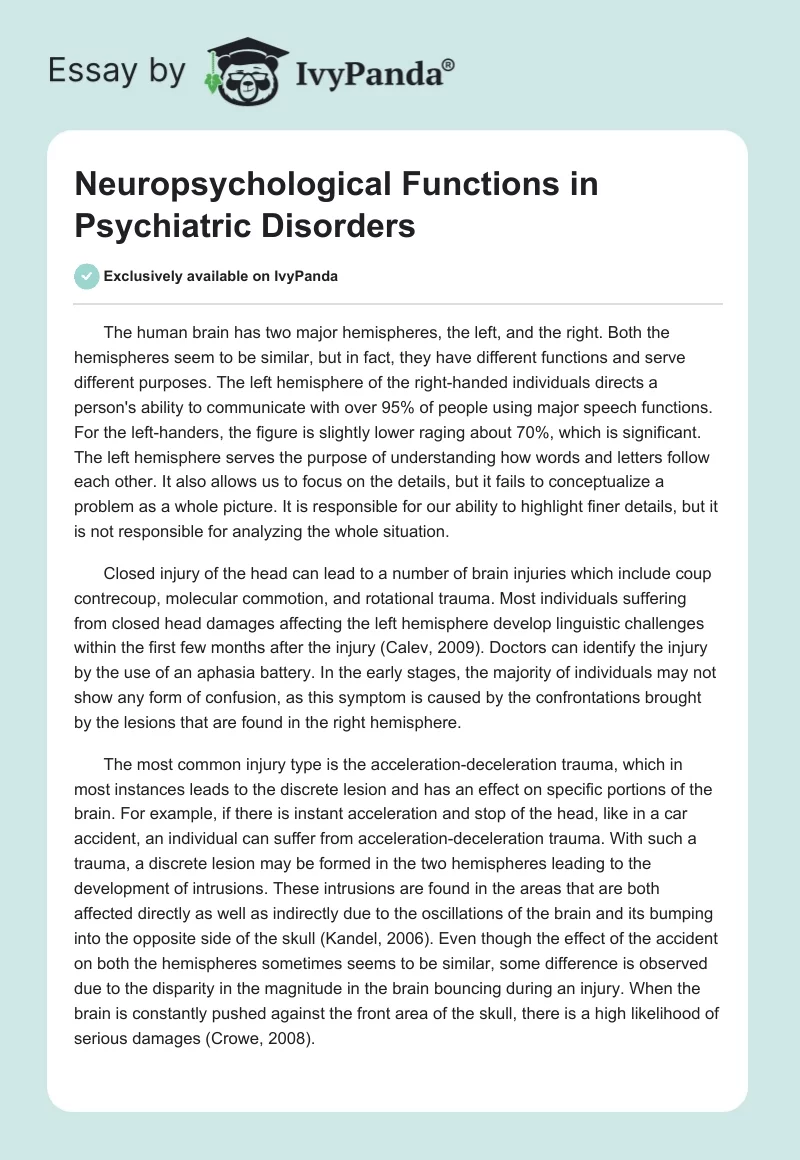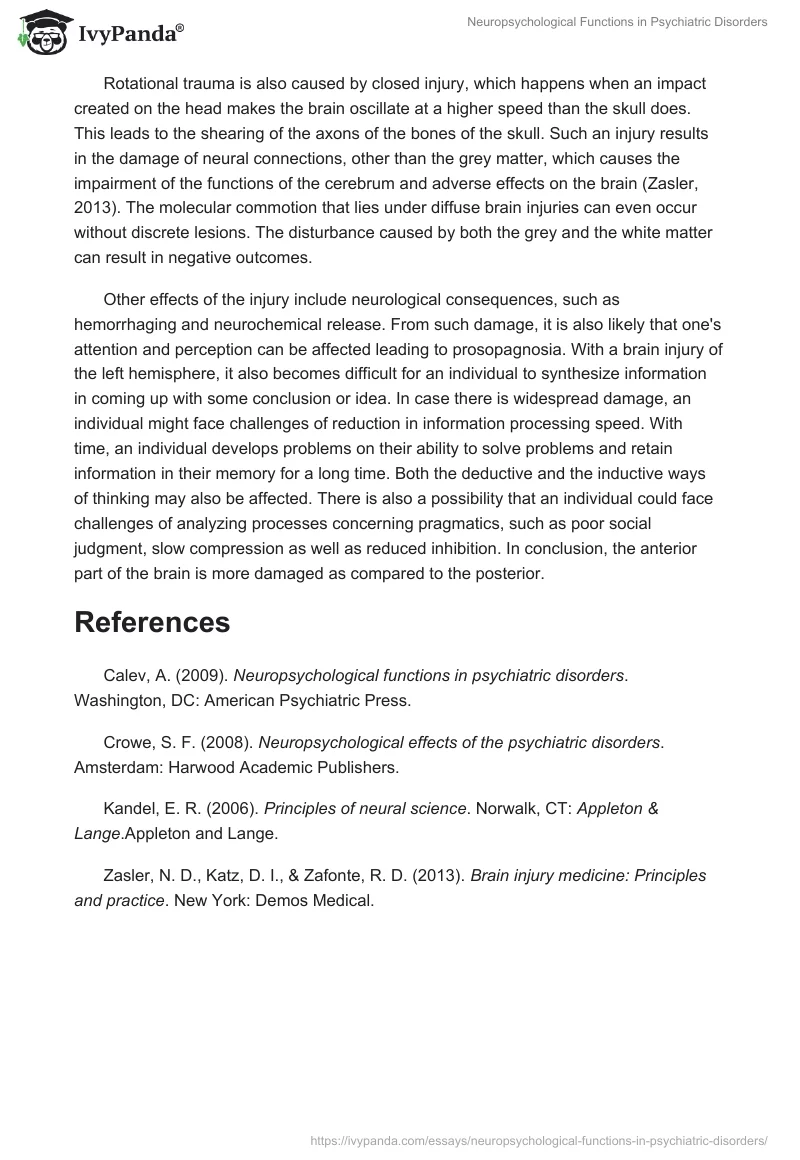The human brain has two major hemispheres, the left, and the right. Both the hemispheres seem to be similar, but in fact, they have different functions and serve different purposes. The left hemisphere of the right-handed individuals directs a person’s ability to communicate with over 95% of people using major speech functions. For the left-handers, the figure is slightly lower raging about 70%, which is significant. The left hemisphere serves the purpose of understanding how words and letters follow each other. It also allows us to focus on the details, but it fails to conceptualize a problem as a whole picture. It is responsible for our ability to highlight finer details, but it is not responsible for analyzing the whole situation.
Closed injury of the head can lead to a number of brain injuries which include coup contrecoup, molecular commotion, and rotational trauma. Most individuals suffering from closed head damages affecting the left hemisphere develop linguistic challenges within the first few months after the injury (Calev, 2009). Doctors can identify the injury by the use of an aphasia battery. In the early stages, the majority of individuals may not show any form of confusion, as this symptom is caused by the confrontations brought by the lesions that are found in the right hemisphere.
The most common injury type is the acceleration-deceleration trauma, which in most instances leads to the discrete lesion and has an effect on specific portions of the brain. For example, if there is instant acceleration and stop of the head, like in a car accident, an individual can suffer from acceleration-deceleration trauma. With such a trauma, a discrete lesion may be formed in the two hemispheres leading to the development of intrusions. These intrusions are found in the areas that are both affected directly as well as indirectly due to the oscillations of the brain and its bumping into the opposite side of the skull (Kandel, 2006). Even though the effect of the accident on both the hemispheres sometimes seems to be similar, some difference is observed due to the disparity in the magnitude in the brain bouncing during an injury. When the brain is constantly pushed against the front area of the skull, there is a high likelihood of serious damages (Crowe, 2008).
Rotational trauma is also caused by closed injury, which happens when an impact created on the head makes the brain oscillate at a higher speed than the skull does. This leads to the shearing of the axons of the bones of the skull. Such an injury results in the damage of neural connections, other than the grey matter, which causes the impairment of the functions of the cerebrum and adverse effects on the brain (Zasler, 2013). The molecular commotion that lies under diffuse brain injuries can even occur without discrete lesions. The disturbance caused by both the grey and the white matter can result in negative outcomes.
Other effects of the injury include neurological consequences, such as hemorrhaging and neurochemical release. From such damage, it is also likely that one’s attention and perception can be affected leading to prosopagnosia. With a brain injury of the left hemisphere, it also becomes difficult for an individual to synthesize information in coming up with some conclusion or idea. In case there is widespread damage, an individual might face challenges of reduction in information processing speed. With time, an individual develops problems on their ability to solve problems and retain information in their memory for a long time. Both the deductive and the inductive ways of thinking may also be affected. There is also a possibility that an individual could face challenges of analyzing processes concerning pragmatics, such as poor social judgment, slow compression as well as reduced inhibition. In conclusion, the anterior part of the brain is more damaged as compared to the posterior.
References
Calev, A. (2009). Neuropsychological functions in psychiatric disorders. Washington, DC: American Psychiatric Press.
Crowe, S. F. (2008). Neuropsychological effects of the psychiatric disorders. Amsterdam: Harwood Academic Publishers.
Kandel, E. R. (2006). Principles of neural science. Norwalk, CT: Appleton & Lange.Appleton and Lange.
Zasler, N. D., Katz, D. I., & Zafonte, R. D. (2013). Brain injury medicine: Principles and practice. New York: Demos Medical.


